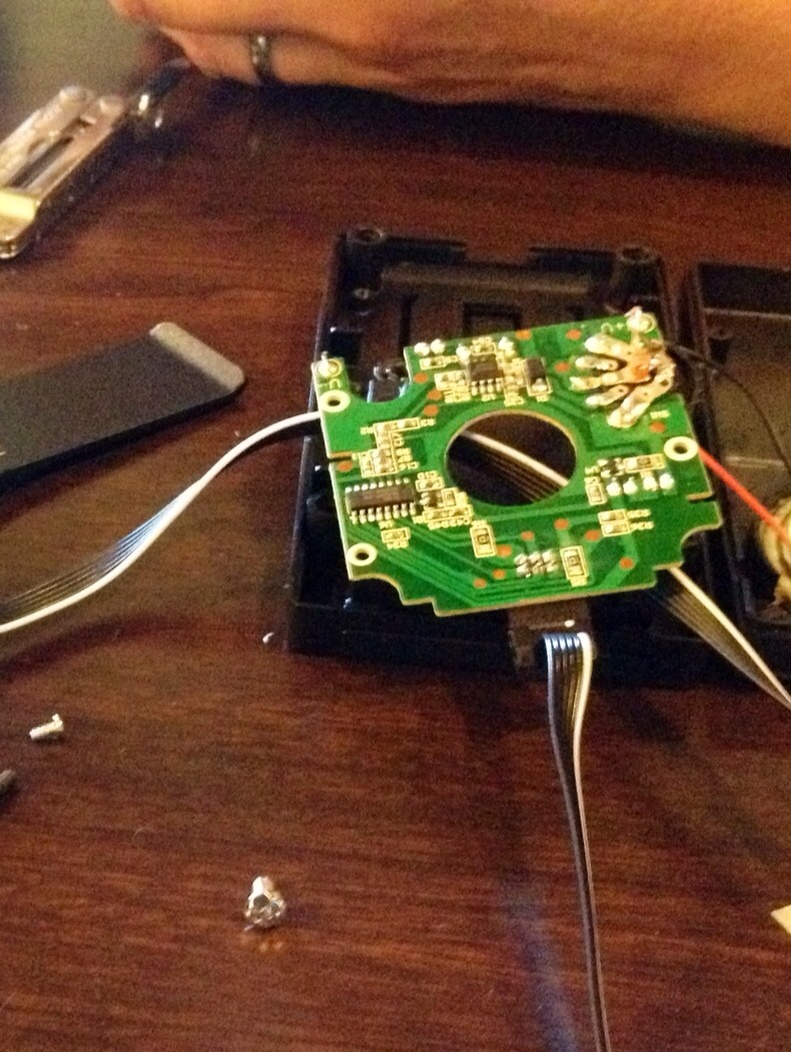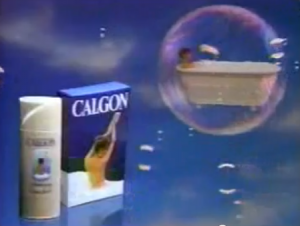A friend emailed me about a design contest. I took a look and found it to be mildly interesting. She suggested we get together to brainstorm.
I let it percolate a bit and sent her email with a half dozen ideas. And then a day or two later, I sent her another half dozen on a different theme. And then… well, she emailed me back, reminded me she was out of the country on vacation, getting hundreds of emails to wade through. She wanted to brainstorm when she got back.
Well, one of those ideas haunted me. I kept thinking “I wish I had that” and “I bet it would make my life better” and “how hard could it really be?”. It even kept me up one night until I sketched the idea out. Well, possibly my cold kept me up and doodling was a way to keep me from whining too much.
So I wrote a somewhat comedic elevator pitch and sent it to my favorite electrical engineer (Phil) and to my husband (Christopher). Both were encouraging. I started to fantasy purchase the parts on SparkFun and determine the minimum processor requirements. I figured out some areas that I didn't know enough about.
A few days later, I told my hairdresser about the idea. She got it instantly and wanted to buy one. (My hairdresser is awesome and likes lots of my crazy ideas. And she understands my hair is wash-and-wear; the only person who ever blow dries it is her.) So, everyone was in agreement, and I was getting more excited. I was still wishing I could just buy one and start using it. (And somewhat afraid to do much searching online to find that I could buy it though I did finally bring myself to do it.)
A few days later, Phil came over (lured by homemade pizza and possibly games). We hashed out some of the gaps. I decided on a processor (from the extensive selection of my dev kits on my bookshelf, though Phil went home with one of the dev kits he found interesting). Then I actually forked over cash to SparkFun and Digikey to get parts. And I started keeping a bound lab notebook, signed and dated. I neatened and copied all my weekend notes into my notebook. I made lists of things to do.
I made an appointment with an expert in the area my product would be sold in. I made some more sketches, ones that didn't involve the technology and focused on the user experience. I bought her lunch and told her about my idea. I figured even if she didn't like it, I'd still continue on… not because I didn't trust what she'd tell me but because I was willing to try even so, I'd fallen into deep like with my idea. But my expert was so enthusiastic, I could easily have sold her a dozen. Or gone the pyramid route and her start selling them for me. And her excitement made me start thinking about Kickstarter and how she'd be perfect for a video presentation.

I got my parts in the mail (SparkFun boxes are the best!). I spent a few hours on Saturday trying to make it all work. Nothing worked… it was like each component worked but nothing would play together on the solderless bread board. On Sunday, stuff started working but it lacked robustness, probably because I didn't want to solder anything (I'm not the greatest at that and undoing my giant globs of solder is impossible; my plans for later connectorization had to wait until I had some proof that the components would work.)
Later that day, my husband and I went out to lunch and drew all over the paper-covered table, making plans for data collection and demo software and user interfaces. He'd already downloaded and tried out Valve's engine, thinking maybe the demo could be a cartoon (I wanted it to be made with the giant guy with all the bullets!) but it was overkill. And, to be fair, all my sketches so far involve stick figures and messy handwriting (I'm not *even* to powerpoint yet).
I'm fortunate that my friends are not only wonderful and generous, they also have mad skills. Yesterday, when I showed up at my favorite patent agent's place for lunch (bearing the customary summer lunch gift of popsicles), I asked if she minded if I told her about my idea (hey, she doesn't make me fix her printer, I'm not going to make assumptions though she'd been happy to talk shop in the past). She said yes, got the idea immediately, was very excited about it. She's planning to buy one for her husband for his birthday (I should find out when that is). She's going to do a patent search and if that is clean, I'll start on the provisional patent, which she'll help me file.

I had lunch with Phil today. Between miso soup and bento boxes, he took apart the competitive product (ok, there isn't a competitive product, it is just a distant cousin, the closest I could fine). His leatherman got a workout and the waitress gave us a few strange looks. Once he was done taking apart my toys, he looked at my components and approved my soldering plan.
There is so much to do still. The prototyping software was egregiously basic and does about 1/100 of what I want it to do. Plus, I need to get some real data in a reasonable format to feed to Christopher's demo and data collection software.
The proto boards need to be soldered and then attached, made to function and then made smaller and easier to build. And there is another electrical component that is far more complicated, it will need a very complex schematic and power will become an issue (such as dealing with a rechargeable battery).
Phil pointed out today that I was ignoring the enclosure. Yep. Planning to keep doing that for awhile. We'll put the microprocessor in tupperware or baggies or something for a little while. I want proper mechanical/industrial design and I'll skimp until I have the funding to do that.
I need to work on the provisional patent, write up the idea properly, and try to think of all the possible applications (and clauses). My patent agent friend will help but I will probably need to cough up some money for patent drawings, probably.
I know who I can pitch the idea to. They may even want to license or buy it. If not, I'll ask them to sign a paper saying I presented the idea to them on such and such a date. Hopefully, I'll have the provisional patent done by then. Even if they don't want it, they may have some advice for pitching and people to pitch to. We'll see. There is still that design contest (which ends in November). And this is a good candidate for Kickstarter if I can really figure out the costs associated with starting manufacturing. I know there is a lot of business side things to think about. After the first prototype is collecting data and functioning for me.
There is so much to do. I should get to it. Wheeee!






